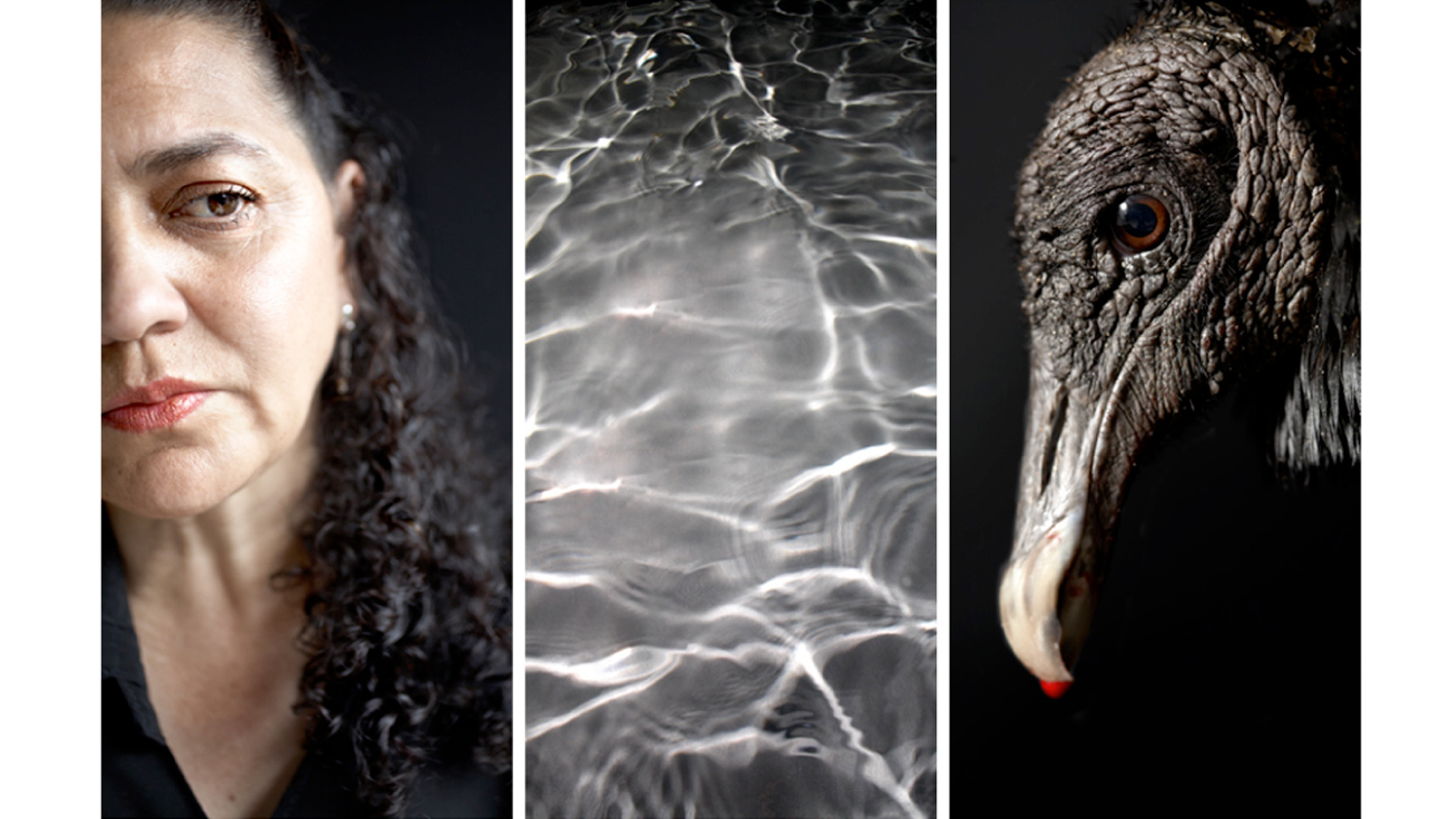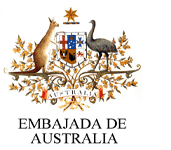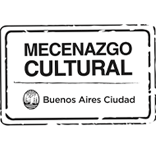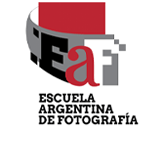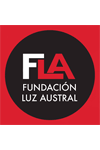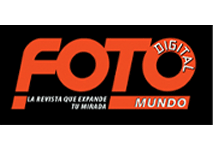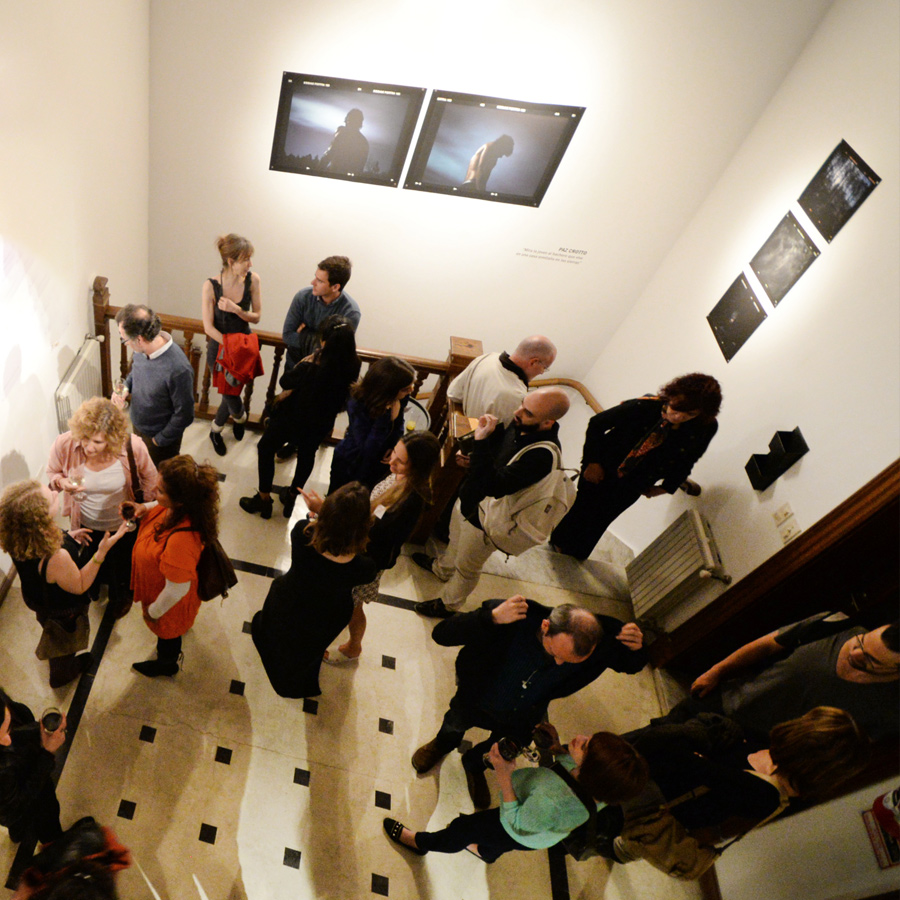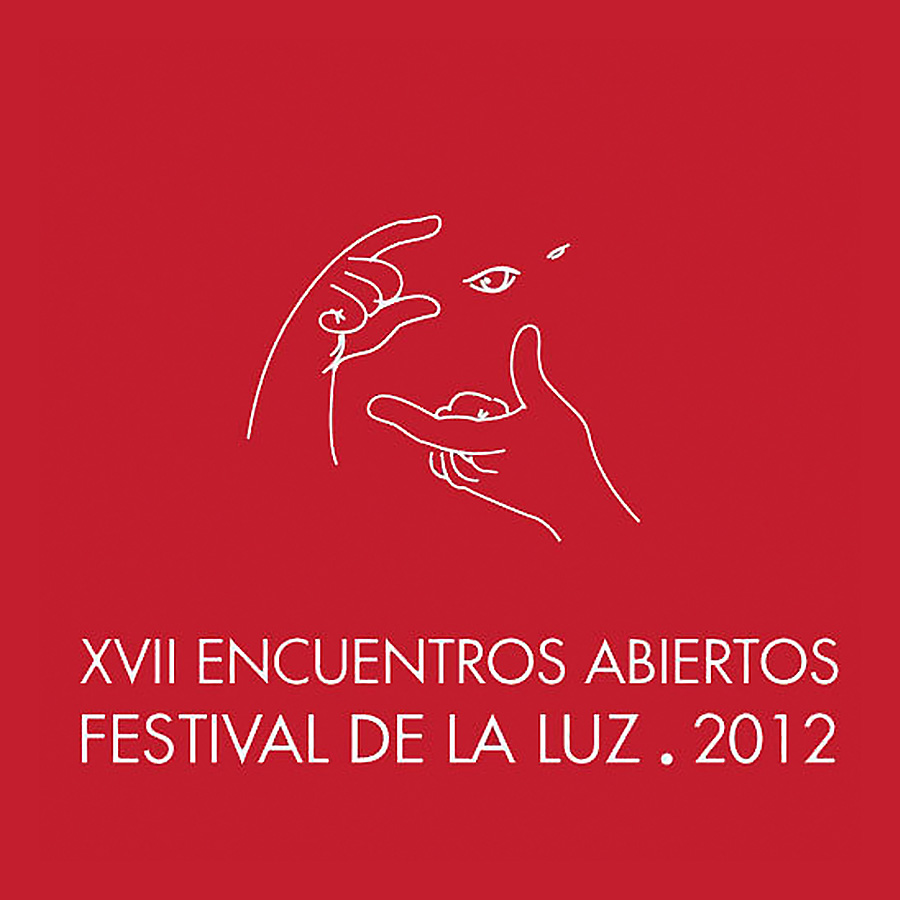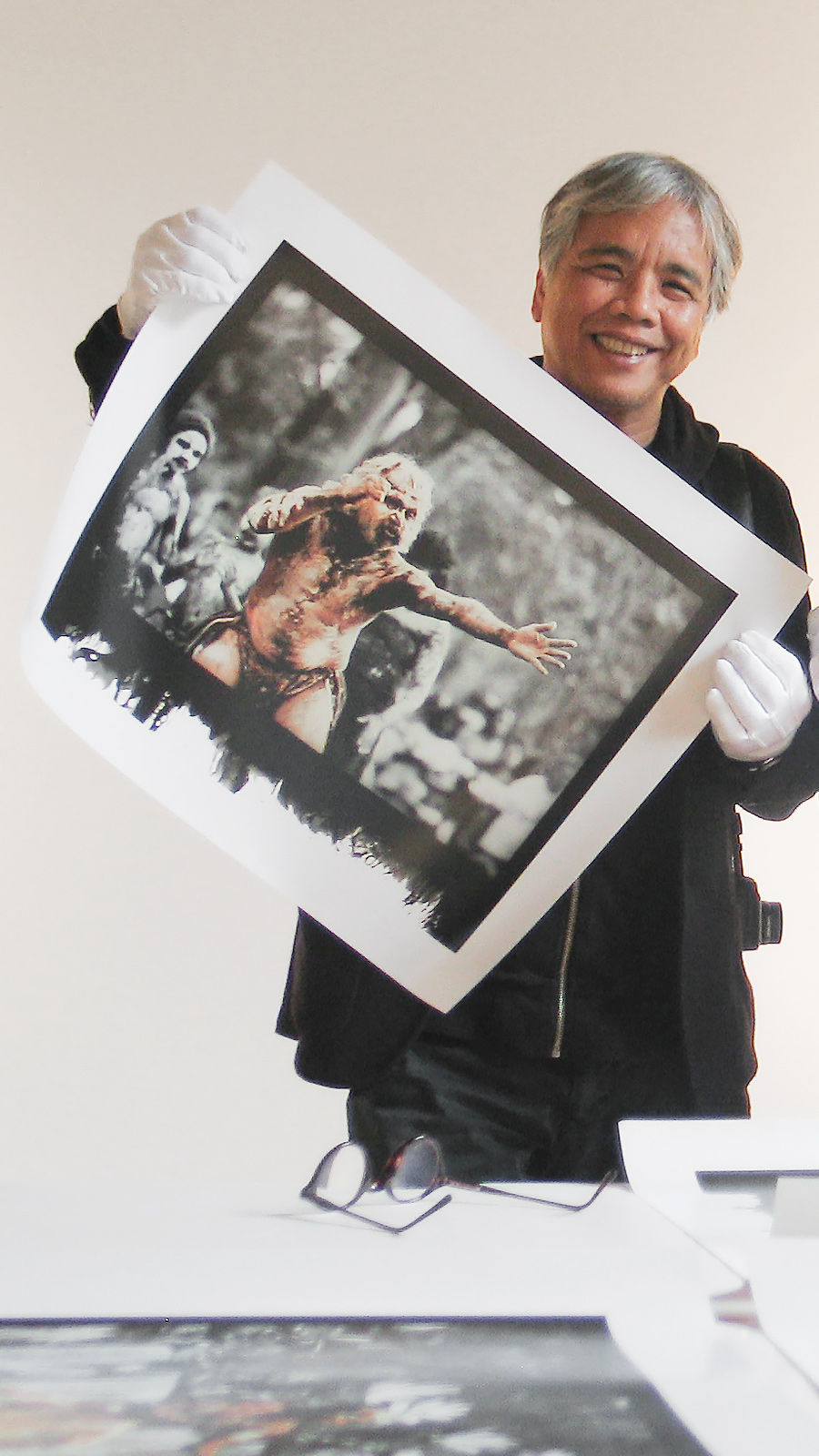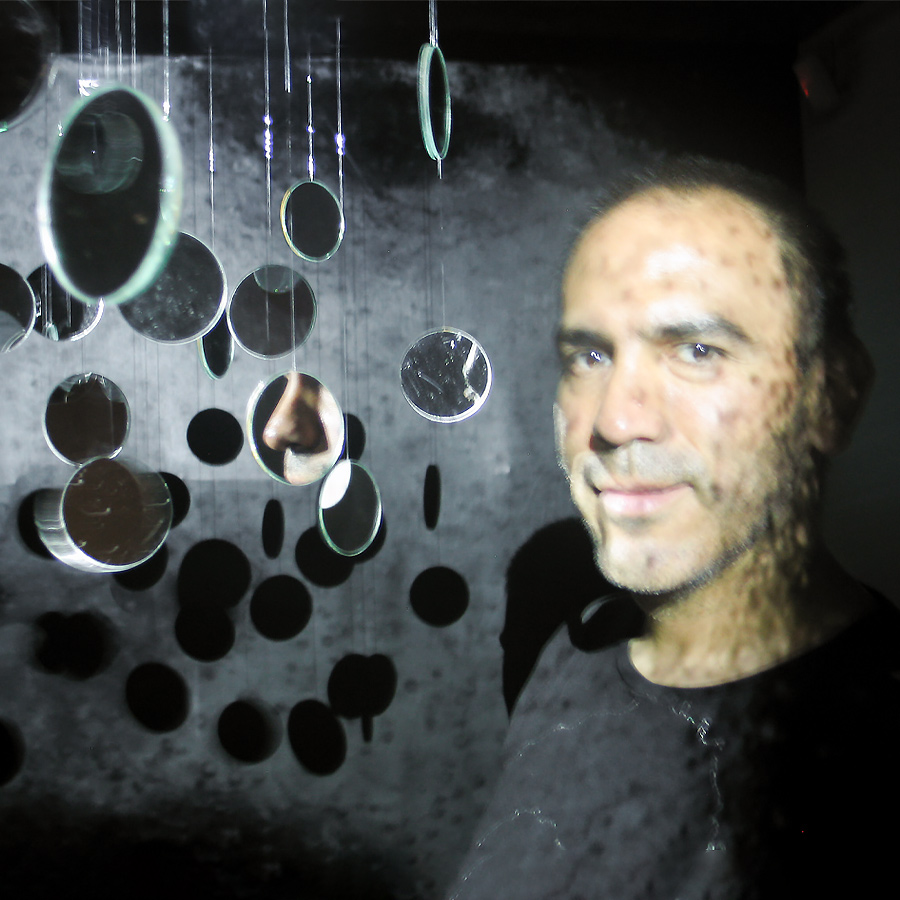Artists
Colombia
Erika Diettes
Visiting artist
07.08.12 21.09.12
In the framework of the XVII Open Encounters / Festival of Light 2012, the Colombian artist Erika Diettes was in Buenos Aires again as a selected artist into the official selection where she presented Shrouds, an installation at the Monastery of Santa Catalina de Siena. This work will be exhibited from the 1st to the 29th of August 2012.
In this context, we are pleased to introduce Erika Diettes as a visiting artist in ´ace. The artist exhibited her project All Blood and Guts in the Central Hall of the ‘ace house from August 7th to September 21st as part of the official exhibitions related with the festival.
Diettes´ work has privileged the photographic support, exploring issues of memory, pain, absence and death.
ABOUT SHROUDS
Black and white portraits of women who are victims of armed conflict in Antioquia, Colombia, taken as they describe the dramatic experiences of the murders of their loved ones, which they have had to witness and survive. The photographs were taken at the climax of the account, hence freezing in time an instant of deep sadness, which the artist sets on a fine silk canvas, recalling the Christian reliquary – The Shroud: the agony of Christ, the Passion and the Piety. It is because of this that throughout multiple instances, this work has been exhibited in the context of sacred sites, thus generating a dialogue between sacred architecture, the space for prayer, and the image of the artist. The dialogue process with the victims during the photo shoots and ulterior exhibit additionally become a progressive healing amid the victims’ grief.
BIO
Erika Diettes
1978 | Cali, Colombia.
Lives and works in Bogotá.
STUDIES
Bachelor of Social Communication. Pontifical Javeriana University. Bogota Colombia.
Master in Anthropology. University of the Andes. Bogota Colombia.
EXHIBITIONS
2012 | Sudarios, Episcopal Church of the Trinity. Houston, USA.
She exhibited in Mexico, the USA, Spain, Australia, Poland, the Dominican Republic, Ecuador and Chile.
Spaces dedicated to memory processes. Colombia.
PUBLICATIONS
Author of essays and reflections on artistic representation in times of war. Photographic and essay production published in books, newspapers and magazines.
COLLECTIONS
In Colombia: Museums of Modern Art in Bogotá, Cali, Medellín, Barranquilla; Museum of the University of Antioquia; National Museum of Colombia; Museum of Art of the National University of Colombia; Santa Clar Church Museum.
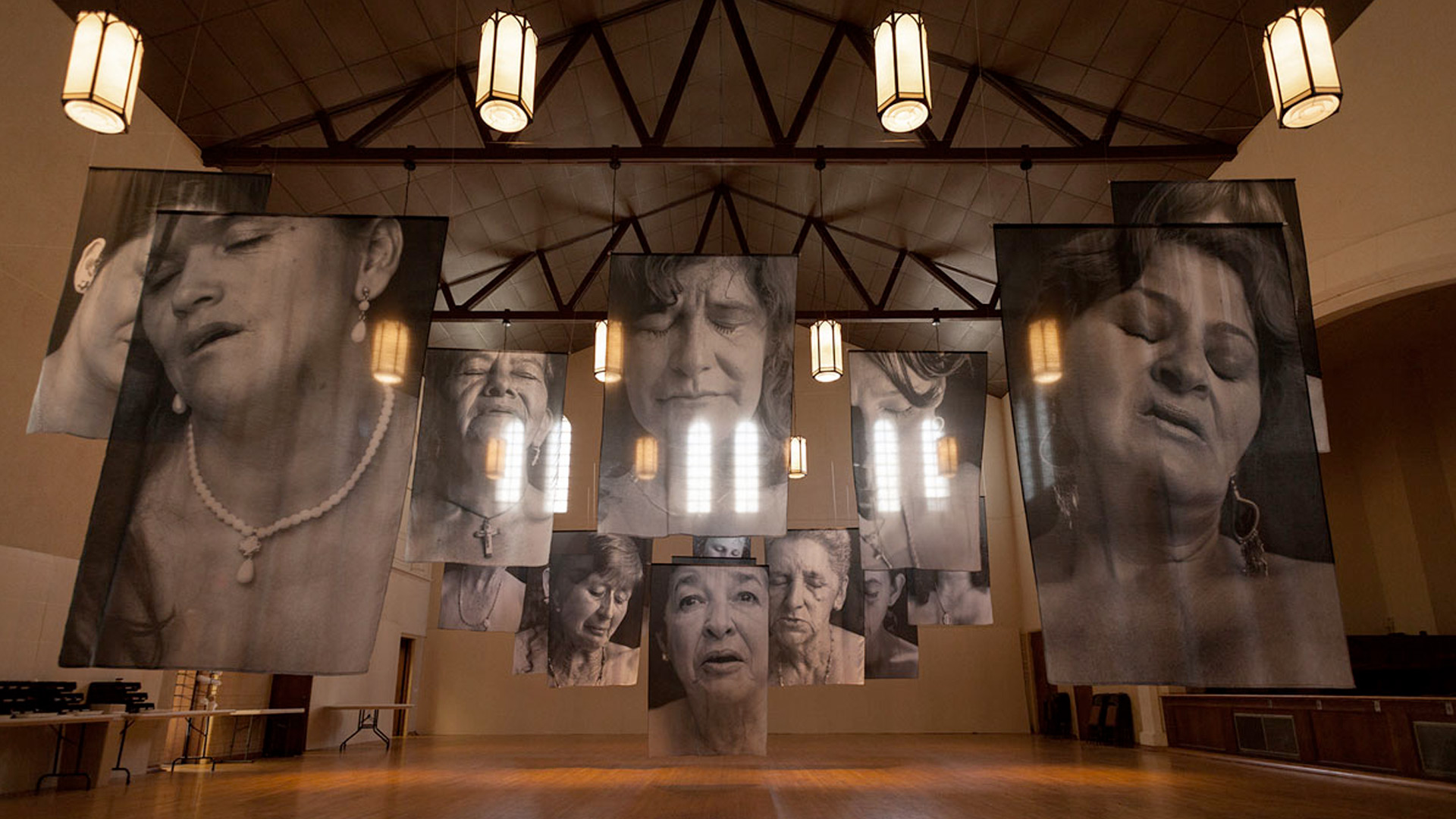
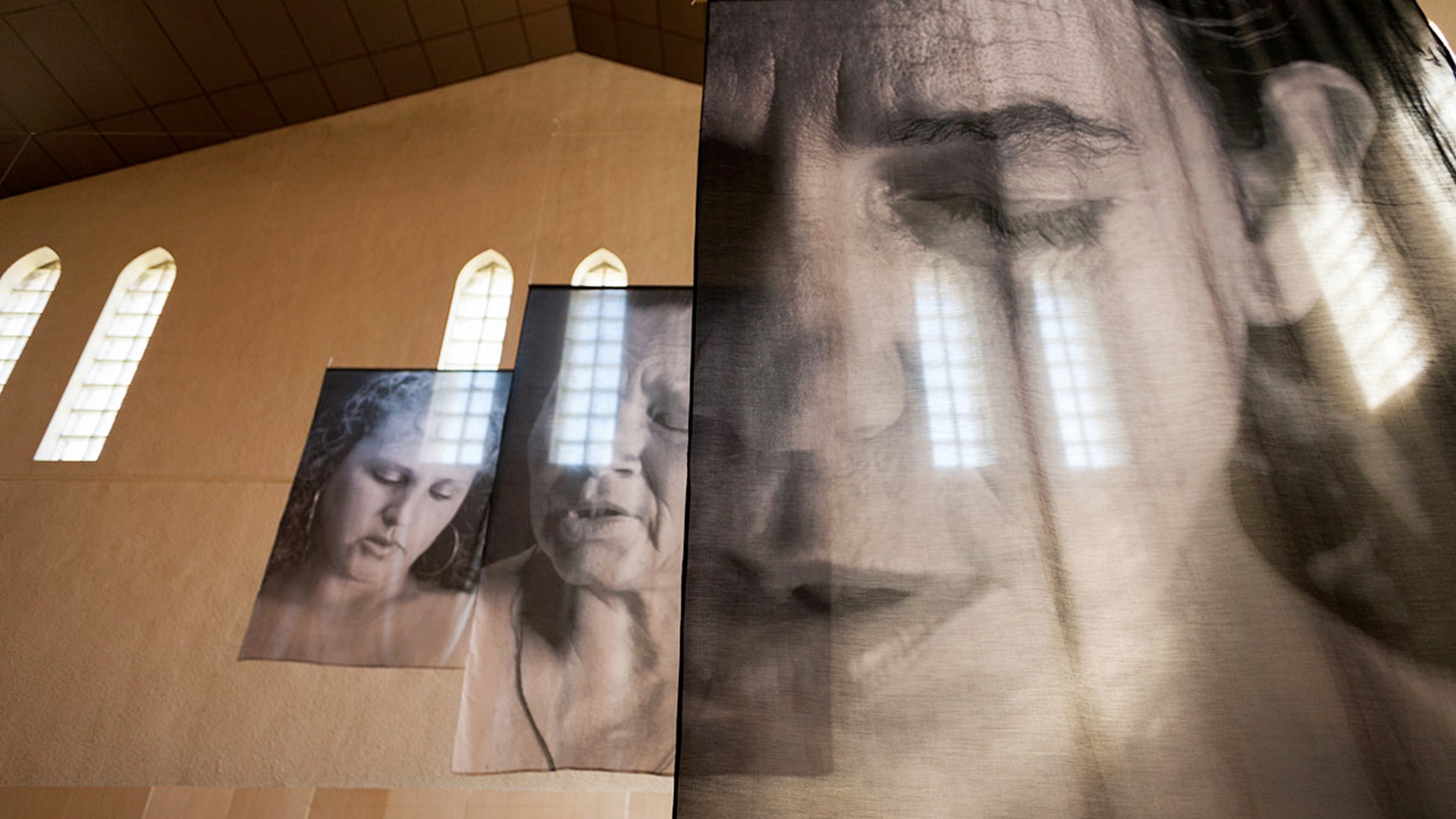
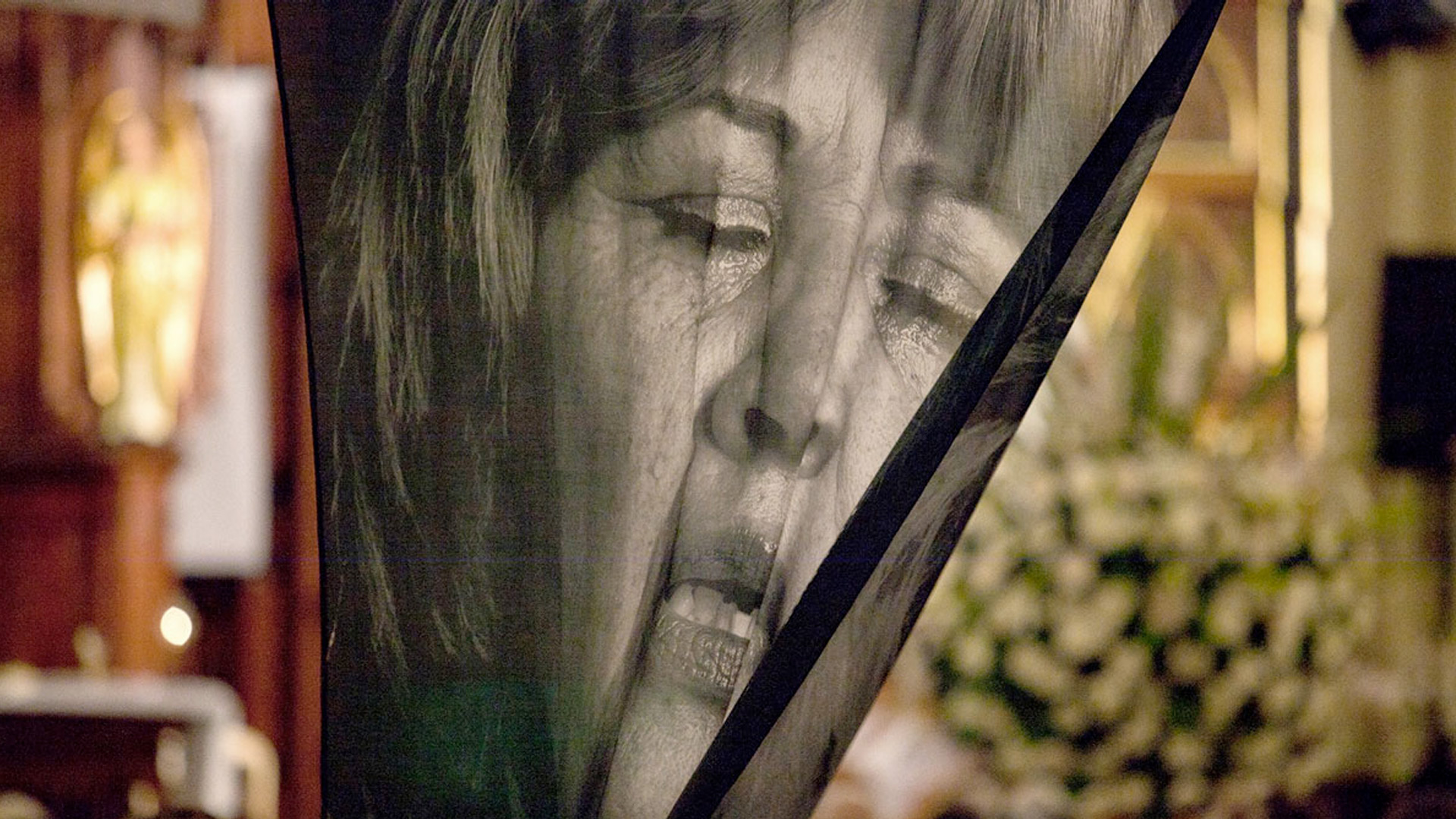
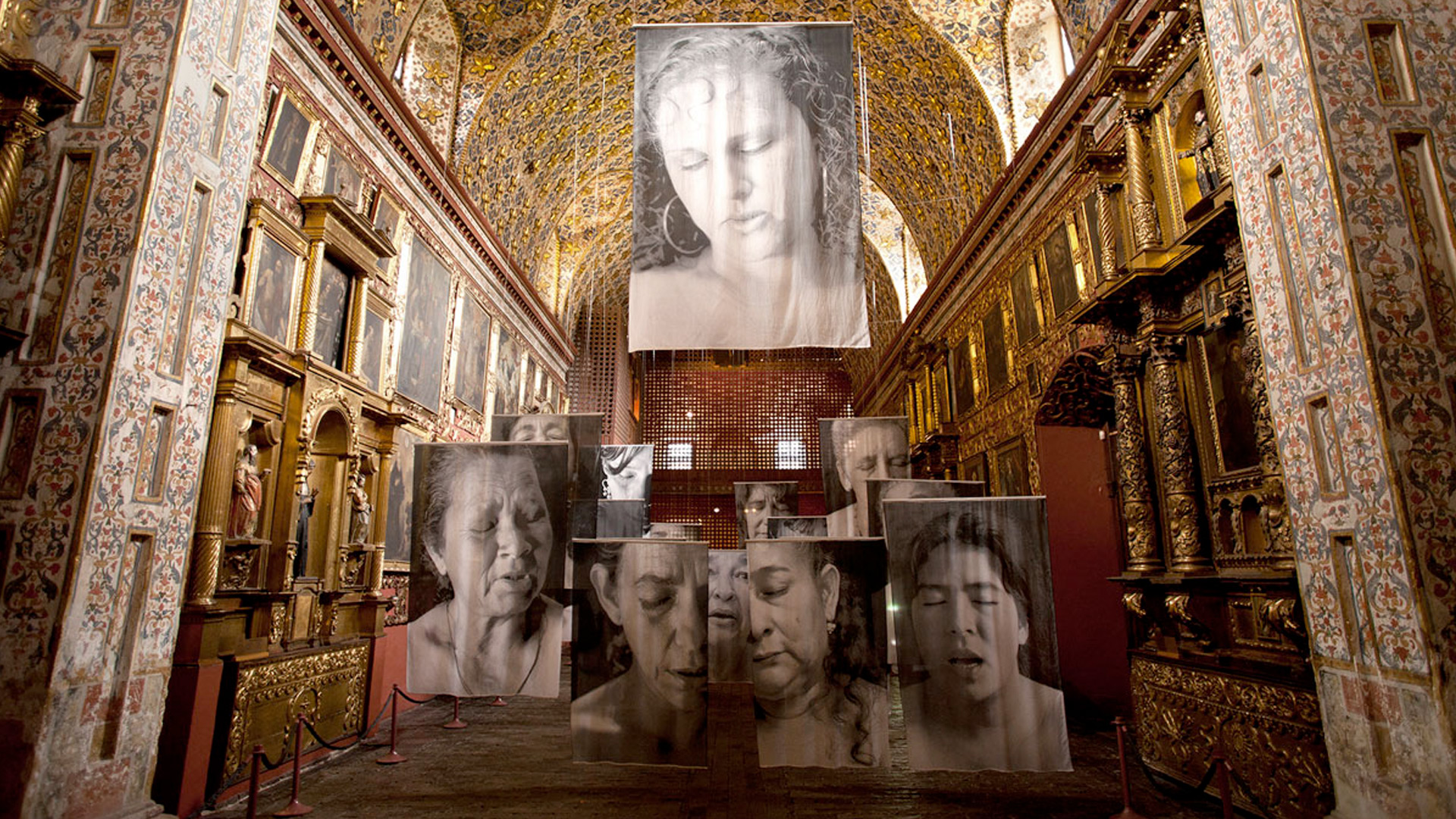
Related Activities
´aceNITE, Encounters, Exhibitions
The Passion
XVII Open Get Togethers - Festival of Light
07.08.12
Fundación ´ace para el Arte Contemporáneo has been invited to join the XVII Open Get Togethers – Festival of Light 2012. Under the theme of The Passion the 2012 edition of this event underscores a vast topic that allows a vast visual exploration as it evokes the image of love, obsession, fanaticism, or even of pure madness and is one of the most intense human beings emotions.
Curated by Alicia Candiani, the Foundation together with ´acePIRAR (International Artisti-in- Residence Program) presented four exhibitions that highlight the theme of Passion from various perspectives and affinities, among them, two images taken by photographers who are also displaying their work at the biennial official selection.
Sacred Dances by Emmanuel Santos (Australia), Official Selection, sponsored by the Embassy of Australia. Políglota Hall.
And the associate exhibitions:
By the Force of Blood by Erika Diettes (Colombia).
No Expiration Date by César Damián (Mexico).
The Passion According to Jiménez by Micaela Trocello (Cordoba, Argentina).
Organized as a visual counterpoint theme, the exhibition Sacred Dances by Emmanuel Santos (exhibition in the official selection with Sandugo: a Pact of Blood) will be in dialogue with The Passion According to Jiménez by the young artist Micaela Trocello. Both bodies of work focus on the theme of dance and dancing in segregated communities and social groups: while Santos captures a sacred ceremony in the Aurukun community in Australia, and its passion for the preservation of its spirit and traditions, Trocello´s photographs investigate the passion in the lyrics of Cordoba`s cuartetos and the representation of women through them.
Meanwhile, in the Central Hall and in the Mezzanine, Erika Diettes of Colombia (artist invited to the festival’s official selection with Shrouds) will set By the Force of Blood another dialogue with the installation No Expiration Date by the Mexican artist César Damián. Both photographers work poetically with water (which carries things and makes everything clean) and the memory of the disappeared in Colombia and Argentina, representing the Passion in a direction of intense suffering.
ABOUT XVII Open Get Togethers -Festival of Light 2012
Held biannually in museums, cultural centers and art venues through Argentina, the Light Festival (Festival de la Luz) presents exhibitions by national and international artists working in the medium of photography. The event also serves as an international meeting place for photographers, curators, critics, collectors and directors interested in the role of the photographic image as a means of artistic, cultural and social relevance.
Argentina’s Light Festival is part of a collaboration of 27 festivals on five continents, in Aleppo, Atlanta, Ballarat, Bamako, Braga, Brasilia, Bratislava, Buenos Aires, Derby, Cracovia, Houston, Kaunas, Lodz, Luxemburgo I, Luxemburgo II, México, Montreal, Moscú, Odense, Paris, Portland, Porto Alegre, Tampere, Tenerife, Thessaloniki and Toronto.
We thank Pato Parodi for the photos of the ’aceNITE event


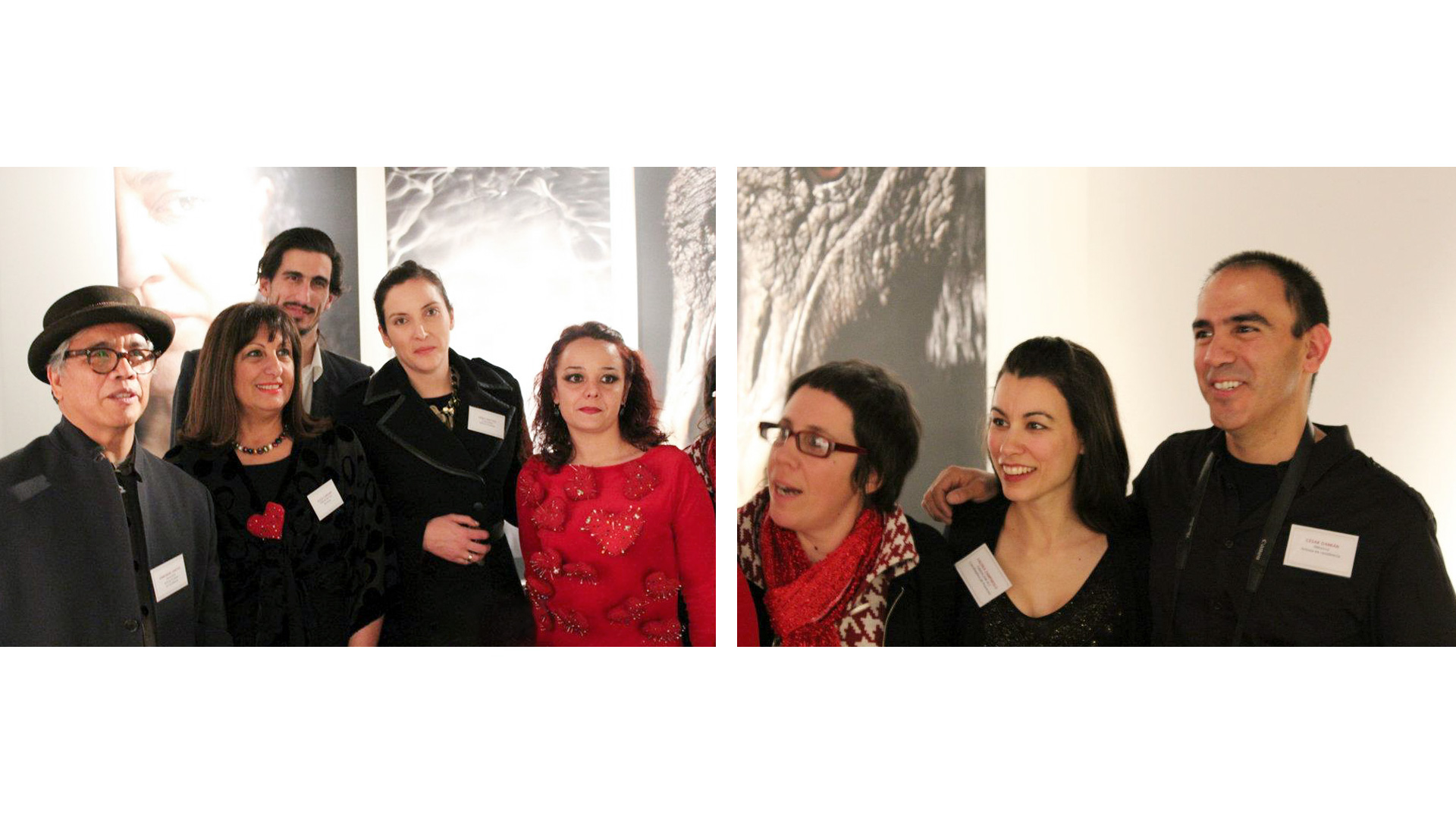
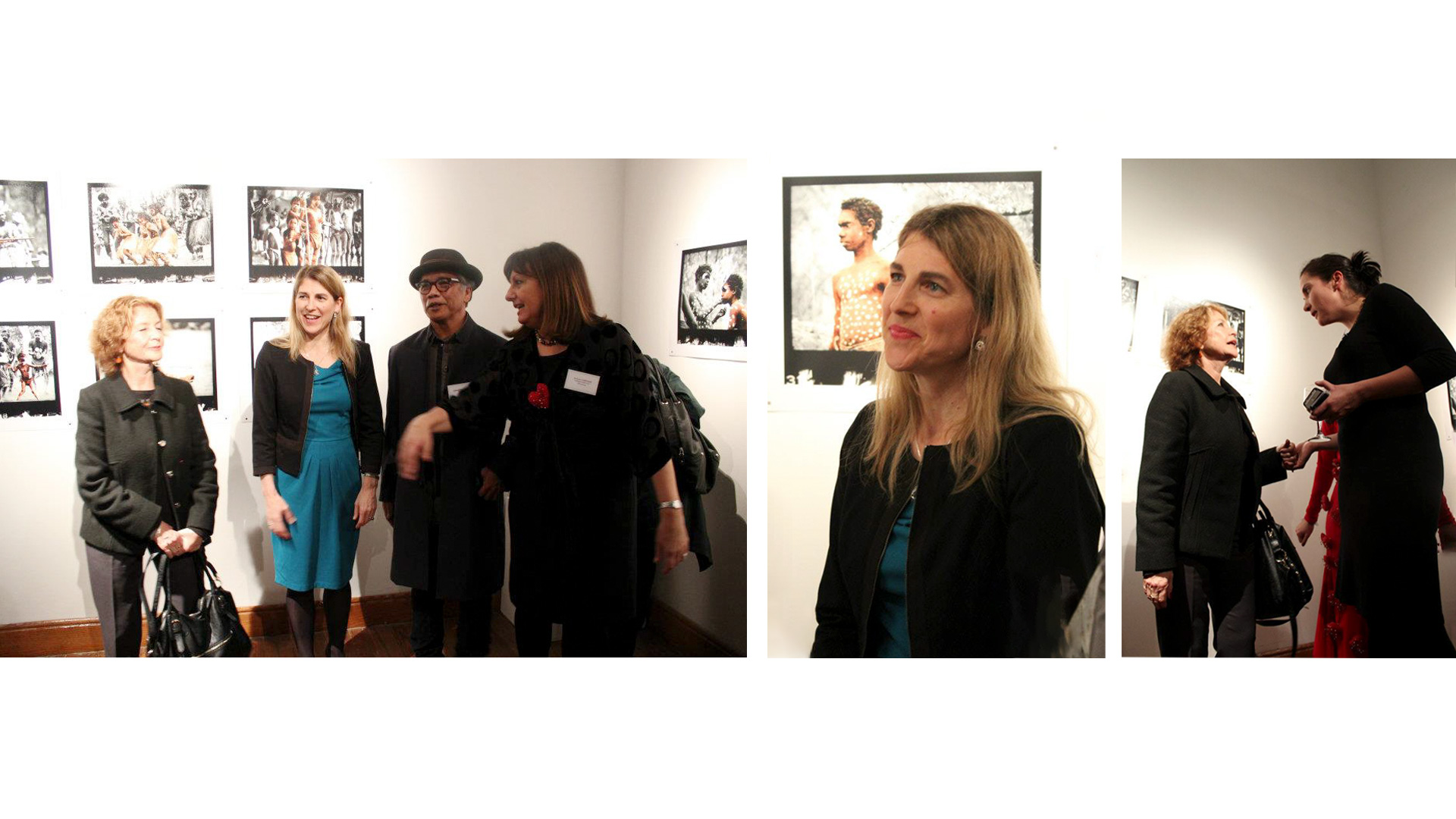
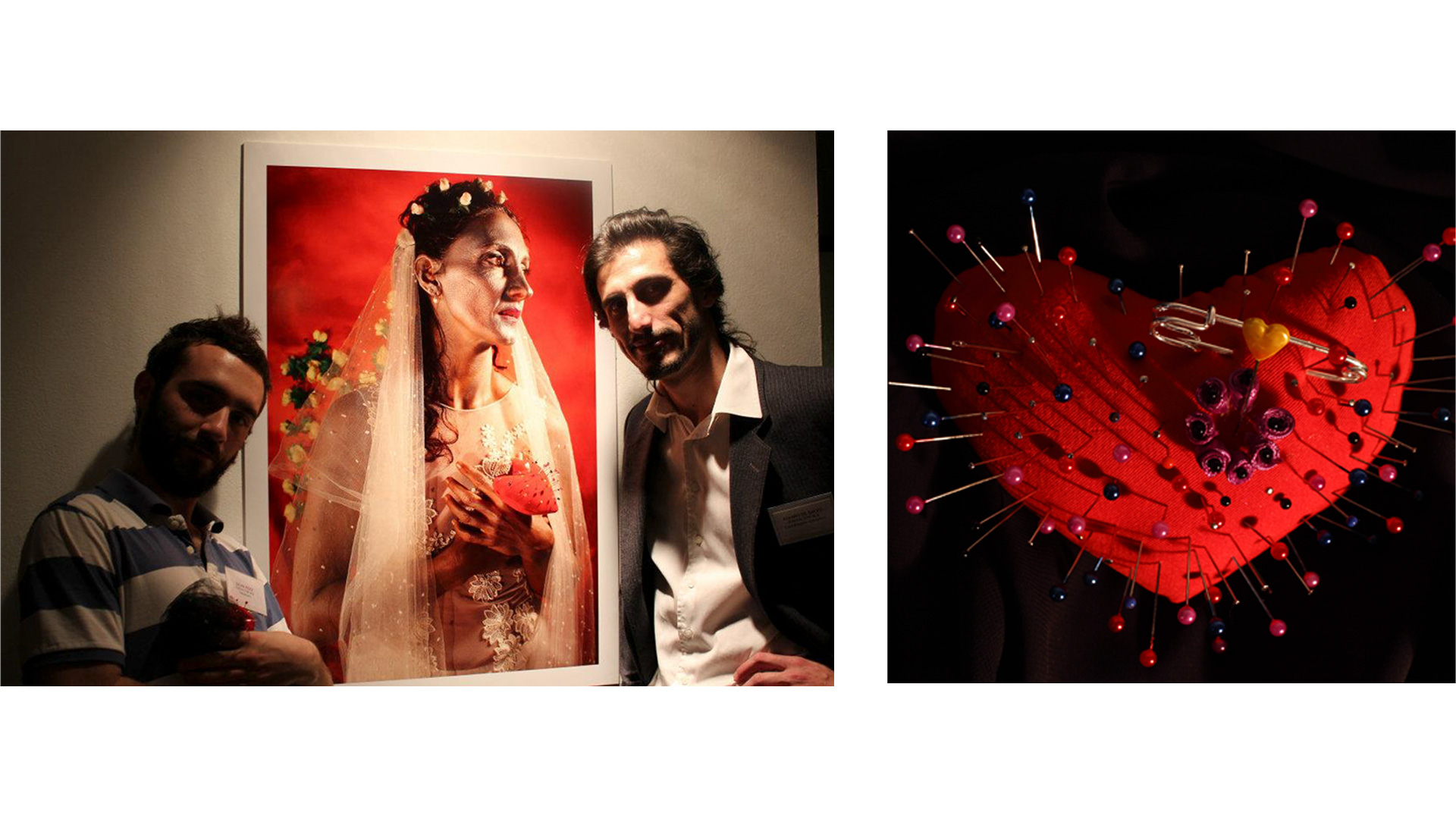
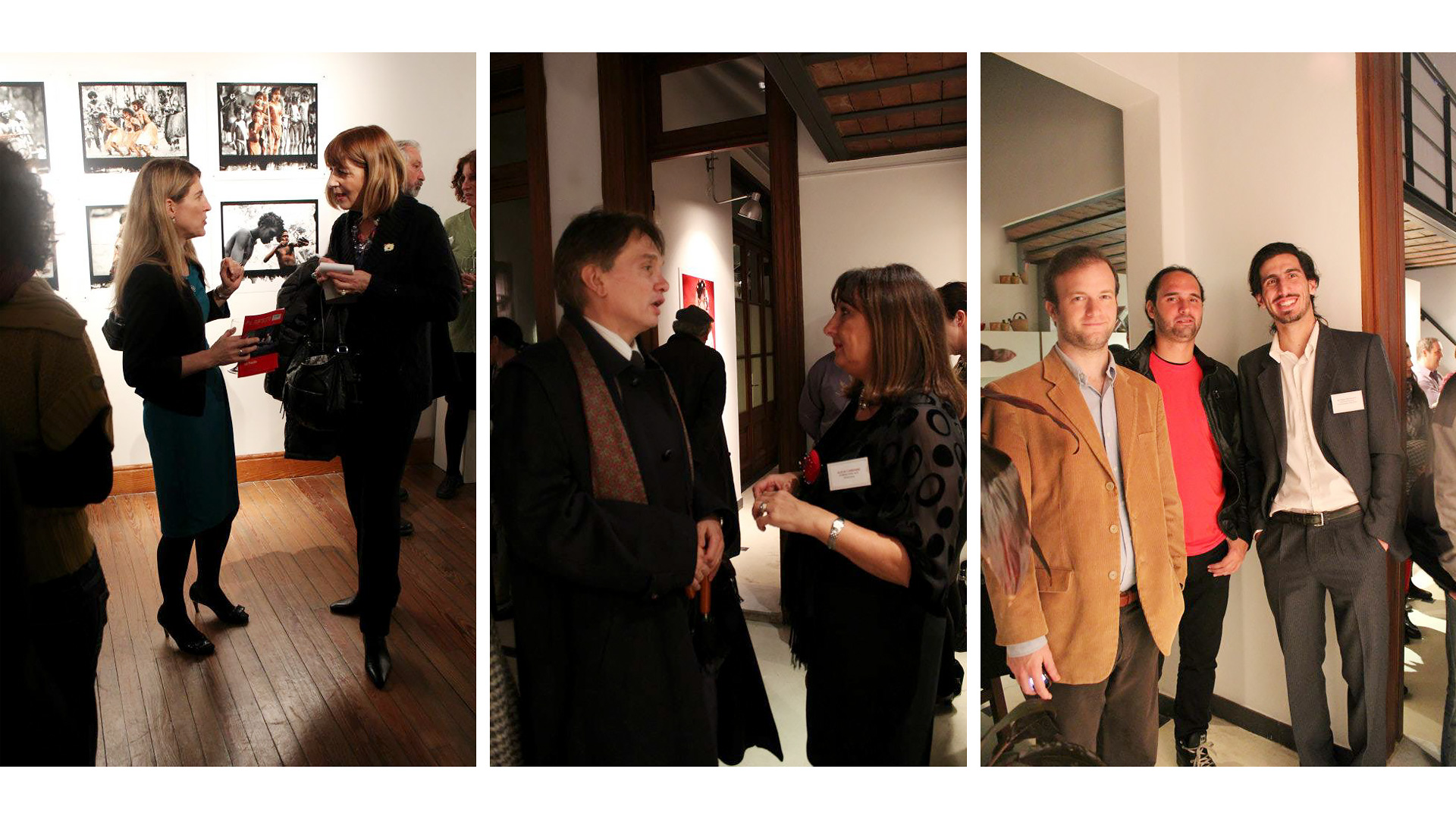
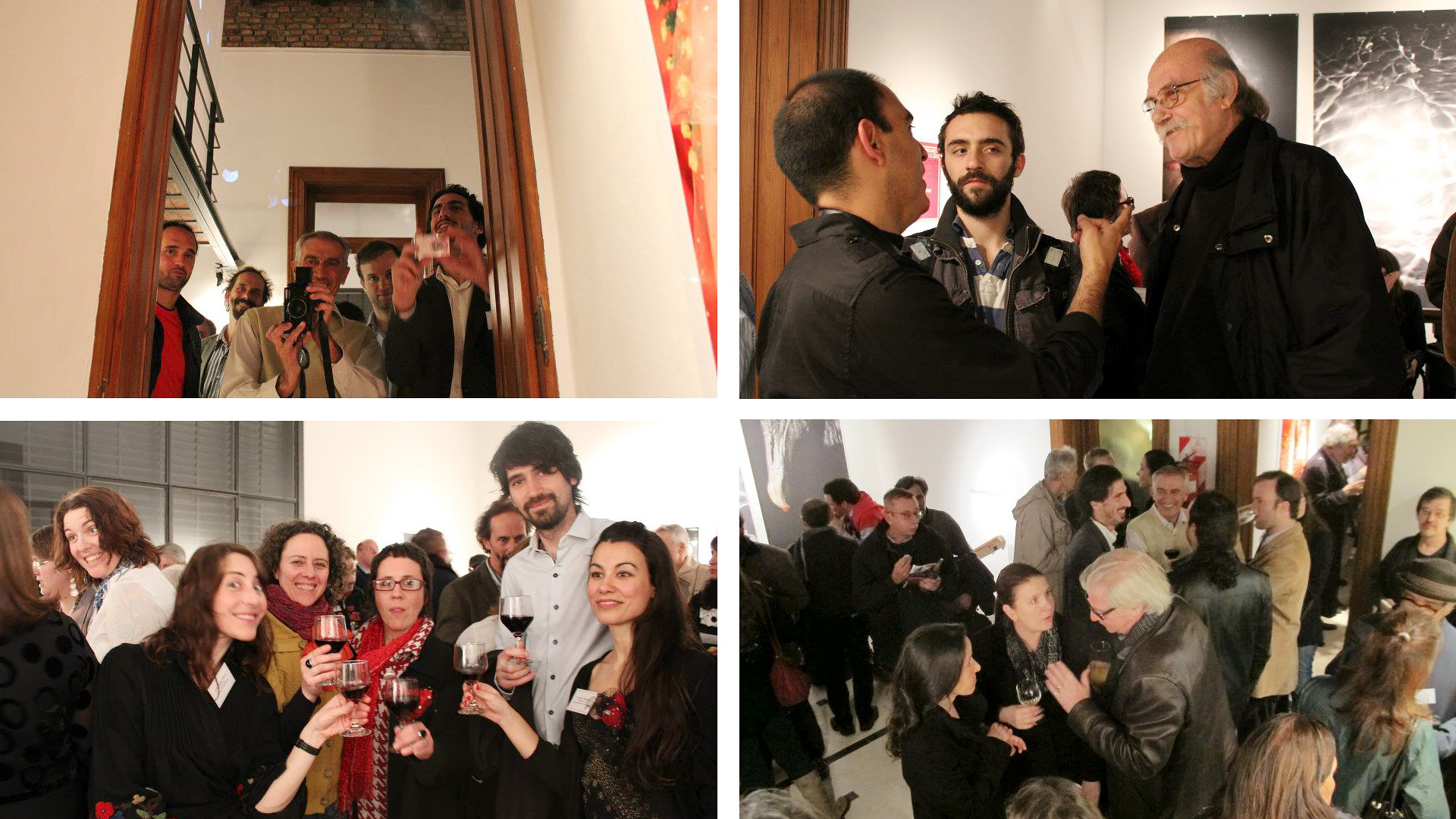
Exhibitions
All Blood and Guts
Erika Diettes
07.08.12 21.09.12
AT THE POINT OF BLOOD (by Christian Padilla)
There are places in our geography where animals that incarnated death are now symbols of sad hope. In numerous places in Colombia, enforced disappearances end in rivers, symbols of the life and wealth of our country. The corpses float from time to time on the shores and people come before the siege of the pimps, becoming determined allies when indicating when a missing person has appeared, unfortunately dead. That hope that is afraid of mourners in the presence of black birds is an ambiguous emotion because those who watch over their disappeared sometimes prefer the fatal news to uncertainty. The truth is, that after they identify the corpses belonging to their loved ones, they wish they had never found out. Birds of bad omen.
A point of blood is a work that makes us reflect on that image represented in the anachronistic national coat of arms, where no other bird but the pimp deserves the privilege of roosting, dominating the land of fertility, wealth and a channel already lost. A bird that has received the unfortunate fate of being the bearer of obituaries and the personification of death in a territory where crime is daily news.
With her work, Erika Diettes brings us closer to a drama that many of us experience only as distant spectators: the daily disappearance of people. The subject is not new from the artist’s perspective, but in the case of Diettes there is, as always, a previous investigation that brings her closer to the conflict and its victims to hear from them the other version, the one that does not appear in the news, which is not just a short distinction before the entertainment notes. The general indifference generated by these reporter approaches is the excuse for this artist to seek to make monumentally evident a real situation that can only be denounced in the opposite sense. If the cries for help are always directed towards the center of the country in order to seek for official help, from the historical place that symbolizes the power of a nation is to allude to its history. Colombia has built a blood point and our defense mechanism to survive has been to deny the facts, to be suitably credulous to what we want to believe, to voluntarily ignore our history.
Erika Diettes’ photography does not cease to be what it originally raises as an image: a portrait because it is loaded with a complaint. The disconsolate face of a woman and her counterpart, the expressionless pimp, meet their expectant glances in the river water, where they move for different reasons have an unfortunate encounter in search of the same purpose. Bathed the images in a dark aura of mourning, we became in its magnitude in forced spectators of an event in which three faces try to momentarily take us out of our indifference from the diversity of the Plaza de Bolívar, where our history began to be written.
Christian Padilla
Researcher and art historian
National Award for Colombian Art History Essay 2007
Related artists
